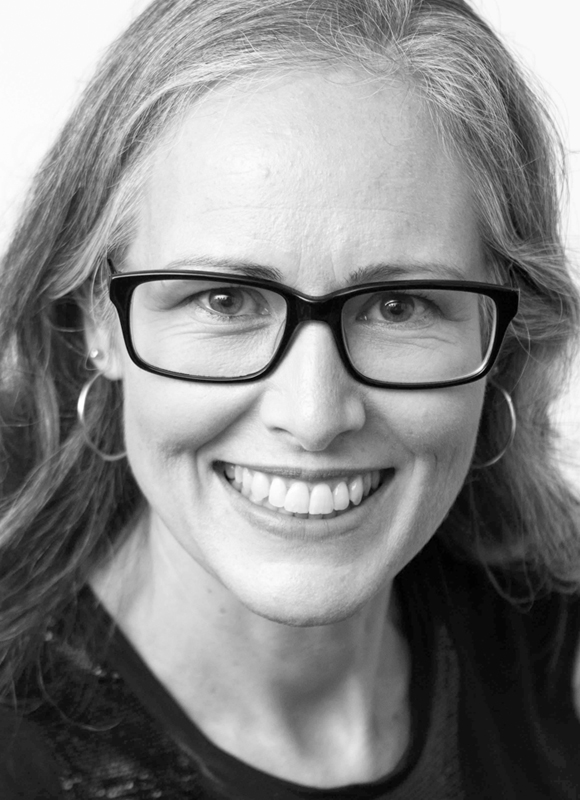Connect Digitally
Dyan Burgess of The Story Curator asks the question, 'How can you connect the dots, with so much digital information available in today's world?'
She agrees with Steve Jobs claim that ‘You can’t connect the dots looking forward; you can only connect them looking backwards. So you have to trust that the dots will somehow connect in your future. You have to trust in something – your gut, destiny, life, karma, whatever.’
Dyan believes that excessive dot-connecting can have the opposite effect from what you intend. Excess: no dots will be connected. Ever. The book by Barry Schwartz, The Paradox of Choice: Why More is Less, provides a great example of how we need to refine our choices to ensure that we can best connect ideas, particularly, with the plethora of digital information now available to us.
Finding a process, or mental framework, to assist your ability to connect the dots is a great first step. One way that you can sift through the almost infinite digital resources is to provide yourself with some guidelines to restrict how you approach your research. This can be as simple as limiting time spent to a maximum of 15 to 30 minutes on a particular point.
Another option can be to restrict your focus to four or five URLs as they come up in your search engine. Simple parameters like this, while seemingly restrictive, provide you with a good foundation for some initial thoughts, without sending you off on a tangent. You want to stay focused on what you are trying to achieve.
Further, limiting your time does seem to be one of the best tools to reduce the amount of data that you are ‘consuming’. There are two aspects of the focus on time. One is restricting how long you spend on a particular topic. At the same time, the other focus is providing yourself time between your research sessions.
Allowing your mind to ‘settle’ is an essential strategy applied by many successful people. As noted in the Steve Jobs quote, we can only ‘connect the dots looking backwards’. Further reading on the importance of giving your mind time and space can be done via the Harvard Business Review article, Manage your energy, not your time (October 2007 Tony Schwartz and Catherine McCarthy).
Other books written on this topic include The Third Space by Adam Fraser and Daniel Pink’s latest release, When. While Arianna Huffington also goes into the detail of adequately giving yourself time between intense activities in her book, Thrive, Carol Dweck considers your ‘mindset’ in her book of the same name. Dweck’s book discusses the fixed and growth mindsets. You obtain a sense that your ability to connect the dots would most likely come from a growth mindset. The growth mindset seeks to learn, discover new ideas and to connect the dots.
Charlie Munger’s Almanac provides mental frameworks that you could use to connect dots. Munger is attributed with suggesting that his mental frameworks are what have allowed him to connect dots that others have not otherwise seen and provided him with deep insights and opportunities.
Consider the sage words of Stephanie Kwolek (the lady who invented Kevlar) ‘All sorts of things can happen when you are open to new ideas and play around with things’. Whether Kwolek, intended it or not, these words beautifully summarise the connection of the growth mindset and mental frameworks.
One way to build a mental framework is through the process of a set time for research. A set time, each day, allows your mind to be ready to jump into action for an activity. It builds a habit. Think of how you could use this process time for researching and writing articles, blog posts and ultimately a book.
Once you start writing, publish it on a public forum, like a blog. This is a way for you (and your audience) to be able to search keywords quickly. It also provides you with the opportunity to find connections that you had not seen before. This can cause a domino effect, as the dots are connected via digital search, enabling you to create more content and more value for your customers. Another benefit is that it can provide you with insights into what you can do to write well, or areas that you could write in more detail.
Start today. Connect the dots. Publish your connections and create new dots. Leave a digital legacy!

